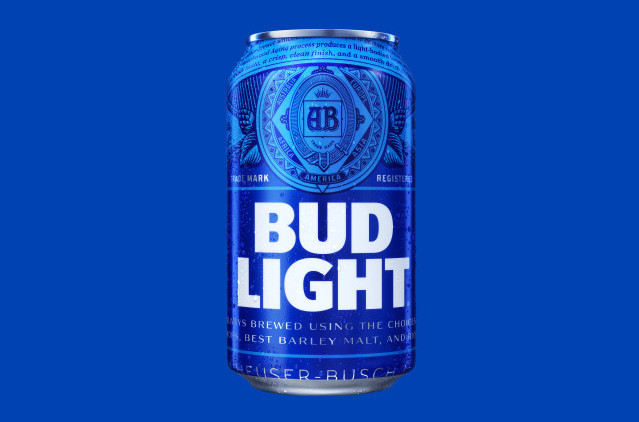
Occasionally, I like to don my tux pajamas, grab a pint of porter, flip on my first generation iPad and read Forbes. It’s a Sunday, before-bed-time tradition (somewhere between mahjong and masturbation). The other day, Forbes contributor Larry Olmsted had an interesting think piece. Like most Americans, Olmsted enjoys lighter beer styles. He has no qualms with craft. Well, he might find it a bit pretentious (BTW bro, you write for Forbes), but he likes the passion. He also makes a very keen observation. Most craft isn’t really competing with Big Beer.
Nonetheless, given the fact that the market had evolved this way based on demand, and beers like Budweiser, Miller and Coors remain far and away the most popular in the world, it seems surprising that the craft beer industry has not taken much of a shot at head-to-head competition. Instead of trying to build a better mousetrap, they have mostly built traps for different prey.
Olmsted is right, and he’s wrong. Flavor-wise, most craft brands definitely want clear differentiators from adjunct-heavy, American lagers, but there has been a movement over the last few years to sell lighter-ABV, session-style beers that compete with the likes of Budweiser and Coors brands. A lot of these are flavorful, low-strength IPAs (like an All Day IPA or Boat Beer), and they are also ales. Budweiser is an American-style pale lager (a different style of beer), but they’re competing with similar flavor profiles and ABV strength — lighter, but more flavorful.
While ales by far rule the craft movement, traditional American/German-style lagers have a long tradition in craft, too. It might be harder to see now, but some great craft brands, like Great Lakes Brewing Co. here in our hometown of Cleveland, built its brand on lighter lagers — Dortmunder Gold and Eliott Ness Amber.
So yes, the craft beer industry does have many products competing with traditional American lagers, but Olmsted is also right — most of the craft market isn’t really delivering an experience that most Americans are used to. Most people in America still like modest, straightforward, cheap, easy-drinking “light” beer. In fact, it’s a part of our culture and DNA. Our prissy, religious American ancestors taught us to love lighter-flavored, low-ABV lagers (read it here), so it’s hard to change centuries of tradition.
Over the last 30 years, the craft beer movement has slowly started to add variety to those brewing traditions, but in order to do that, it often had to the go in the opposite direction. It went hoppy, heavy and high ABV. It doubled the ingredients, the cost and the pompousness. I know I’m generalizing here, but you can only explore the outer limits for so long. There’s only so many vagina beers I’m willing to drink. At the end of the night, I really want both a bold, high flavor beer that says “fuck you” to tradition and a crushable, lighter beer that still screams “blue collar USA!” And, I want them both made by my local brewery.
Last year, craft beer hit 12 percent market share. That’s absolutely amazing, but to grow, it’s going to have to go head to head with the traditional, cheap, unpretentious American lager. In Olmsted’s article he cites House Beer. It’s a Santa Monica, Calif.-based craft brewery that only brews one beer — House Beer — a 4.8 percent, premium lager. It’s an excellent brand concept. From the website:
We brew only one thing. House Beer. We call it that because there’s nothing pretentious or complicated about it. There’s no light version. No seasonal brew. Just an original premium lager expertly brewed from the finest ingredients and crafted to simply be the perfect beer, and nothing less.
Pretty clever, right? Some questions for you, the brewer: Is an American-style lager the right fit for your portfolio? What if you could completely change the model for that type of beer and make a lot of money doing it? Definitely some things to think about.

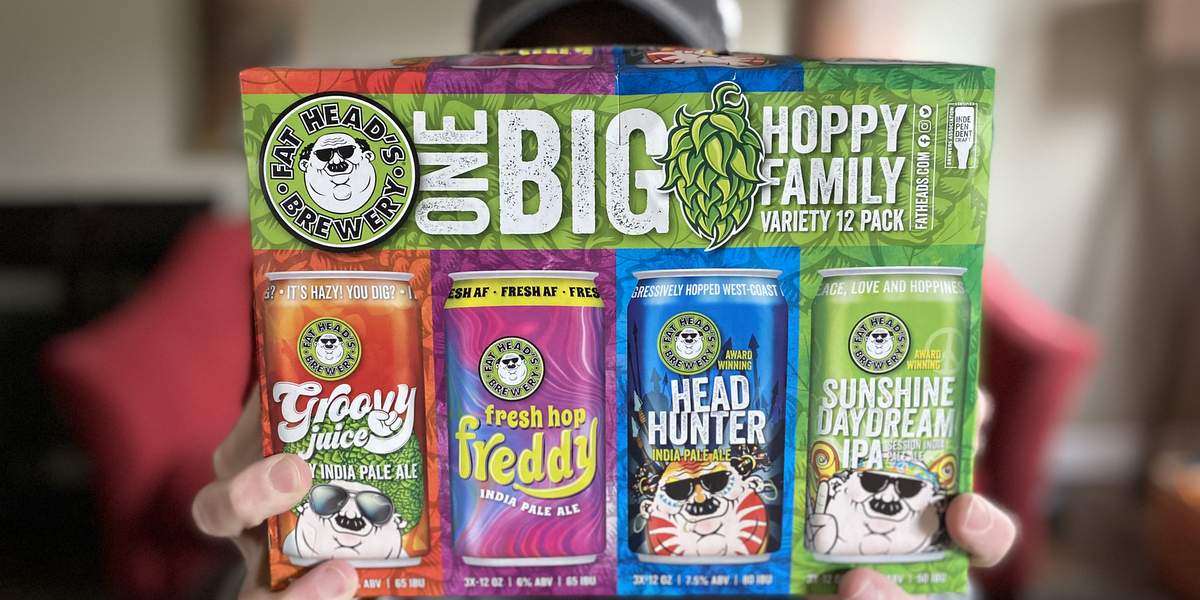
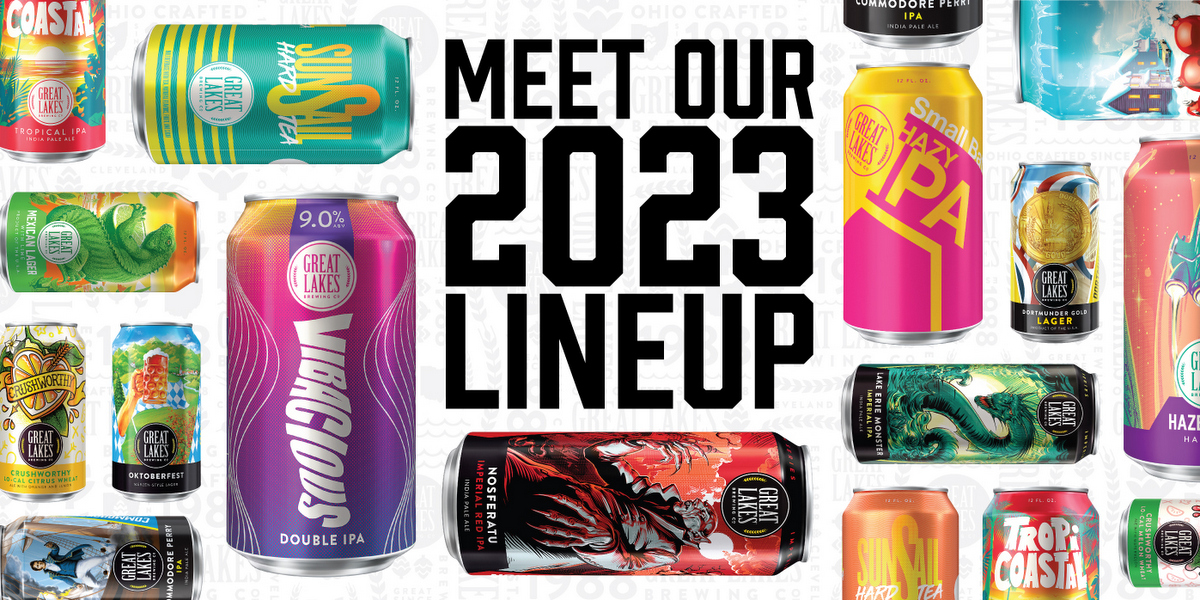
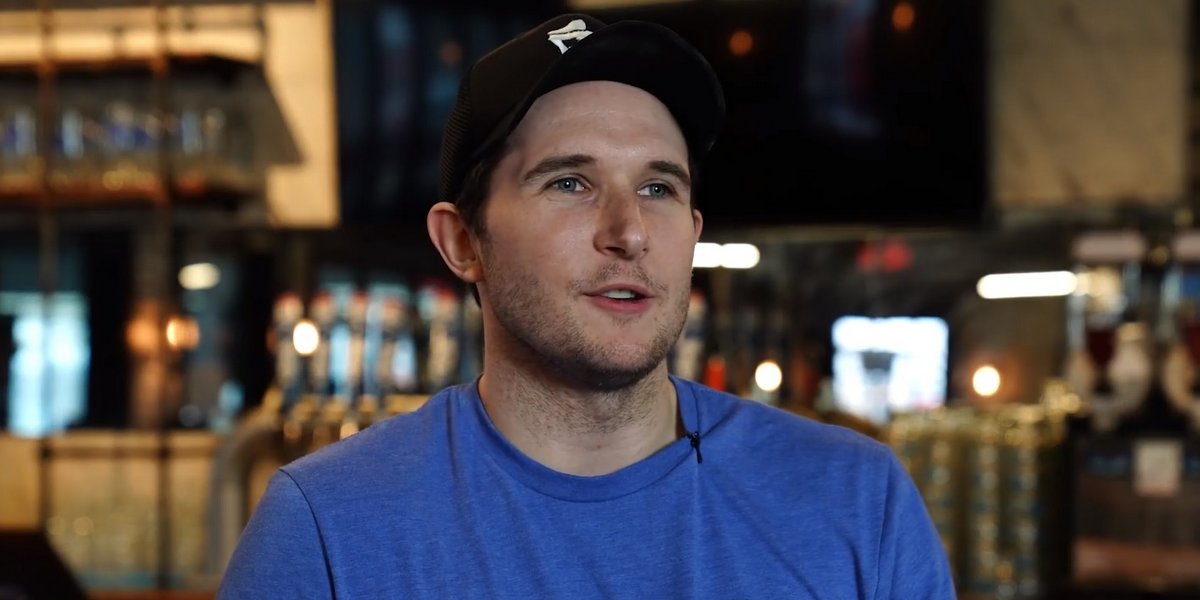
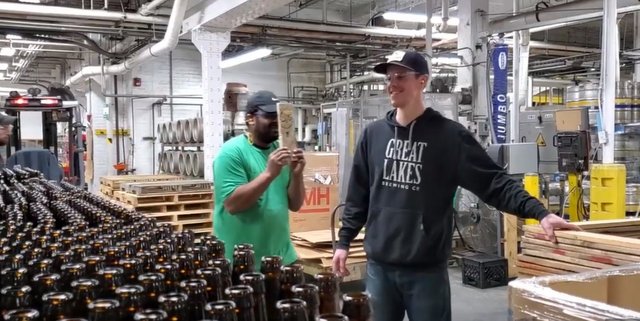
1) Budweiser has a very long history of questionable business practices. I would not encourage indi-brewers to try play with the same ball. 2) Budweiser has spent billions on advertising aimed at convincing the american consumer exactly what it was they wanted to drink. Was it the beer? Or the cool good looking beach chik in a bikini holding a bud in the advertising? 3) Budweiser does not compete with the indi-brewer. They buy them and are quite happy to use those acquired brands to help fill shelf space.
Jaime Peña Gonzalez liked this on Facebook.
RT @CraftBrewingBiz: Does craft really compete with Big Beer? And should you be making the next great American lager?https://t.co/BRaV0MN97M